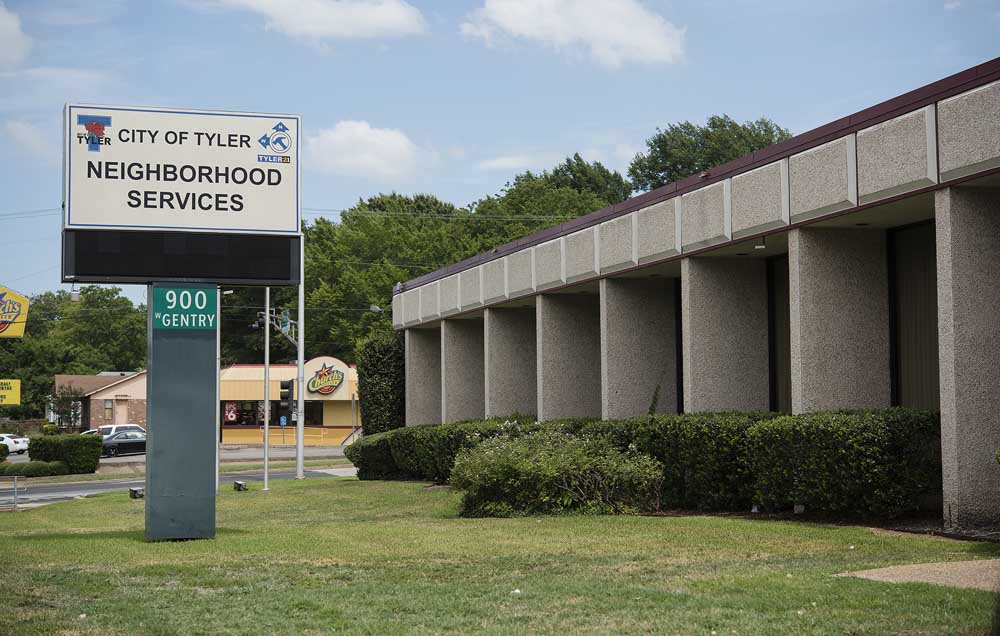Congressman Moran introduces Rural Weather Monitoring Systems Act
Published 10:30 am Thursday, July 20, 2023

- U.S. Rep. Nathaniel Moran
U.S. Rep. Nathaniel Moran has introduced the Rural Weather Monitoring Systems Act aimed at improving rural weather monitoring systems.
The Rural Weather Monitoring Systems Act would require the government to conduct reviews of current weather monitoring systems in rural areas, including in East Texas, and reduce technological limitations that impact weather forecasting.
“For the safety and security of rural Americans, expanded access to accurate weather monitoring systems that have the ability to track life-threatening weather events is vital,” said Moran.
One crucial piece addressed in the new legislation is the lacking NEXRAD coverage in rural areas. According to the Federal Aviation Administration, the Next Generation Weather Radar (NEXRAD) is a Doppler radar that detects over 100 different long-range and high-altitude weather observations such as precipitation, winds, and thunderstorms which can be processed to map patterns and movement. In Moran’s First Congressional District, the two closest NEXRAD radars are in Shreveport and the DFW Metroplex. This has left areas in East Texas without access to the weather data due to the present technological limitations, Moran says.
“While similar studies have been performed in the past, the former legislation stopped short of effecting material change,” Moran said. “This new legislation’s goal is to expedite the implementation of solutions in areas where NEXRAD coverage must currently be supplemented. This is the first step to reducing the National Weather Service’s reliance on secondary resources in rural East Texas.”
As well as overcoming financial limitations for its utilization in rural areas, other challenges to improving the NEXRAD monitoring systems include upgrading the technologies capabilities for issues like detecting more robust weather data and characterizing hazardous weather phenomena. The resulting improvement of the accuracy of weather forecasts can benefit key economic sectors including agriculture, aviation, water and energy.
“My bill also identifies regulatory barriers, funding limitations, and other obstacles standing in the way of the development, and implementation of next-generation weather monitoring systems so that we can improve emergency preparedness and save lives in rural America.”






